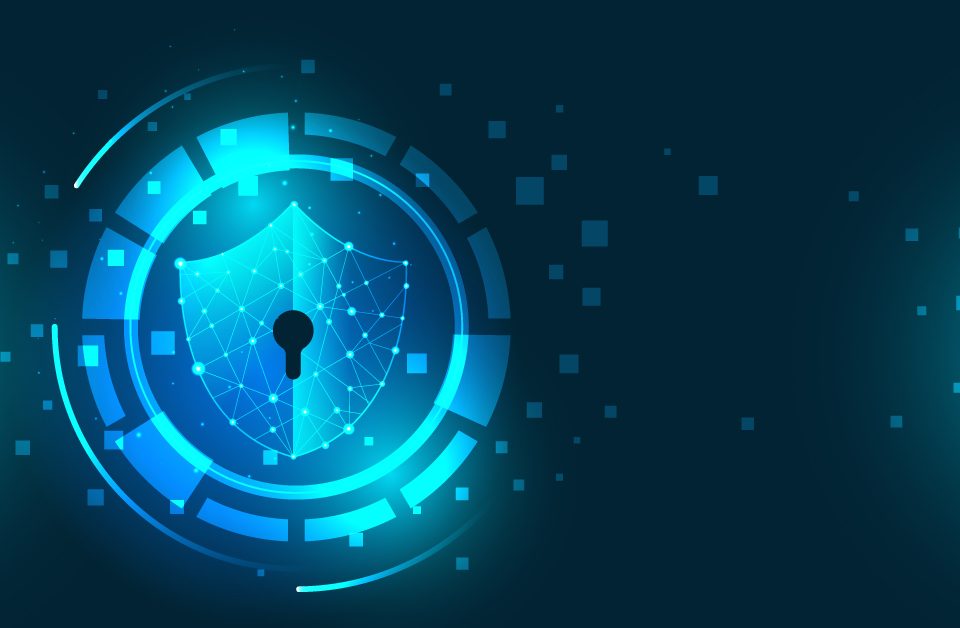The 5 biggest cybersecurity threats for the healthcare industry
The healthcare industry is continuously facing enormous cybersecurity threats. It is mainly facing issues from the range of insider threats to malware and DDoS attacks. Compared with other sectors, the healthcare sector has faced a unique set of challenges.
While there are many reasons and causes for threatening malicious activities, many people tend to rationalize only a few actions. Budgetary constraints, insider threat, and poor leadership have imposed difficulty for service providers to protect their internal data. Yet, they are failing to control the broken security system.
According to research, the average cost of a stolen data breach in a healthcare service provider is $355, compared to $158 in non-healthcare related organizations.
Another shocking thing to consider in mind is PHI. It stands for protected health information. PHI holds significant medical records, and these records can be used to identify any person.
In other words, PHI is personally recognizable information in medical records ranging from a conversation between doctors and nurses to treatment. It also includes billing formation and patient-identifiable information in the health insurance company’s computer system.
Yet another research says PHI is more worthy than credit card information and other identifiable information. Hacked files can be quickly sold on the black market for $1-$2. Compared with PHI, their prices are $363 per record.
Why healthcare systems are vulnerable to cyber threat
There are several reasons why healthcare systems are more prone to cyber-attacks. Few essential reasons include:
Healthcare staff needs to be aware of control over online security
Medical professionals are perfect in their field, but they fail to control online threats. Some of the famous cyber-attacks include ransomware, data breach, insider threats, DDoS attacks, and business email compromise.
Therefore, cybersecurity problems are not easy to handle, but their interface is simple. Medical staff requires a robust security system that should be quickly accessible. However, medical teams need to ensure the importance of patient data protection and how they are protected.
The solutions to overcome these issues are Multi factor authentication and single sign on. They are becoming popular due to the simple protection of secured one-time codes. Users are not required to remember more than their own login merits.
Outdated technology and outdated software used in the healthcare industry
Healthcare industries need to adopt new technology to control outdated technology to prevent unwanted attacks. The other significant reasons for cyber threats are their employees. They don’t want the hassle of keeping updated with the latest software version.
In contrast, there are other reasons, such as limited budgets. Medical technology is getting outdated, and hospitals use old software and systems updated with the current version.
It is possible to minimize cyber-attacks by taking a firm decision and adding a deep security barrier layer. Hackers are continuously predicting new ways to get control of secure network systems. So, applying effective solutions can protect their system from cyber threats.
The five biggest cybersecurity threats for the healthcare industry
Ransomware in Healthcare
Ransomware attacks majorly appear in the form of cyberattacks. Several times you get a link to click, and when you click on the link, your browser will start to connect with an autonomous malicious server. Afterwards, your desktop will reflect spammy ads on every corner of your browser. It does not stop here, and it will encrypt the victim’s files and illustrate warning messages. Recent cyberattacks such as ransomware have asked for bitcoin payments for the crucial file backups.
Data Breaches in Healthcare
Data breaches commonly occur in healthcare industries. With data breaches, it can cause many different things. The significant loss occurs due to malware designed to steal essential credentials lost or stolen devices. Causes can range from application vulnerabilities to malicious insiders and technical errors. The solution to fix these issues by adopting a healthy layer of security on systems.
Insider Threats in Healthcare
It is one of the most hidden things that no one put in their headlines. Employees have legal access to network resources, and they have the right ability to circumnavigate traditional cybersecurity defences. Healthcare employees have a deeper understanding of significant network algorithms. However, a different minded employee can quickly sell the information themselves or sell access codes to hackers. At the same time, other reasons are like losing PHI accessed devices.
DDoS Attacks in Healthcare
DDoS stands for “distributed denial of service.” It targets websites and online services to overwhelm them by sending colossal traffic. It provides unlimited messages at the same time to the users. With DDoS attacks, clinicians will not access critical network resources, such as emails and patient records. These are some of the recent cyber attacks. However, DDoS attacks perform differently than other assaults. The solution can be to have a stronger password on your network server.
Business Email Compromise (BEC) in Healthcare
The FBI said that BEC scams were the most prejudicial and efficient cybercrime of 2019. Business Email Compromise (BEC) is a famous cyber attack. It uses a trick on employees into exchanging money by fraudulent bank accounts.
In general, BEC attacks purely target the mind of specific employees. BEC often targets companies that conduct a significant amount of wire transfers. CEO fraud attackers pose as CEO and showcase the value in the return of enormous profit.
How to minimize cyber threats in the healthcare care industry and tackle it
Healthcare vendors must take firm action to prevent any disruption from their service. They should ensure that they can deliver appropriate patient care. At the same time, they must try to ground security environments. To do this requires frequent training and polishing previous skills.
To protect the network and the patient information, all employees need to realize their responsibility. They also have to build a firm password policy and multi-factor authentication to prevent cybersecurity threats.
Besides, the service provider needs to adhere to the least privilege principle. In other words, only a few employees should have access to the data that they need to perform in their role.
They must ensure that they have strong and capable technologies to respond to abnormal activity. All the employees should also consider adapting anti-virus software, firewalls, and other trespass solutions. Data Loss Prevention and real-time user behaviour analytics need to process to know who is looking for patient data.
Conclusion
The frequency of cyber threats is increasing every day. Emerging cyber threats and new hacking terminologies have taken control of the network security systems. Finally, a firm decision and Cyber threat intelligence must be installed to prevent unprepared attacks. Additionally, big organizations should announce new regulations to control patients’ legitimate access and other secret details.




